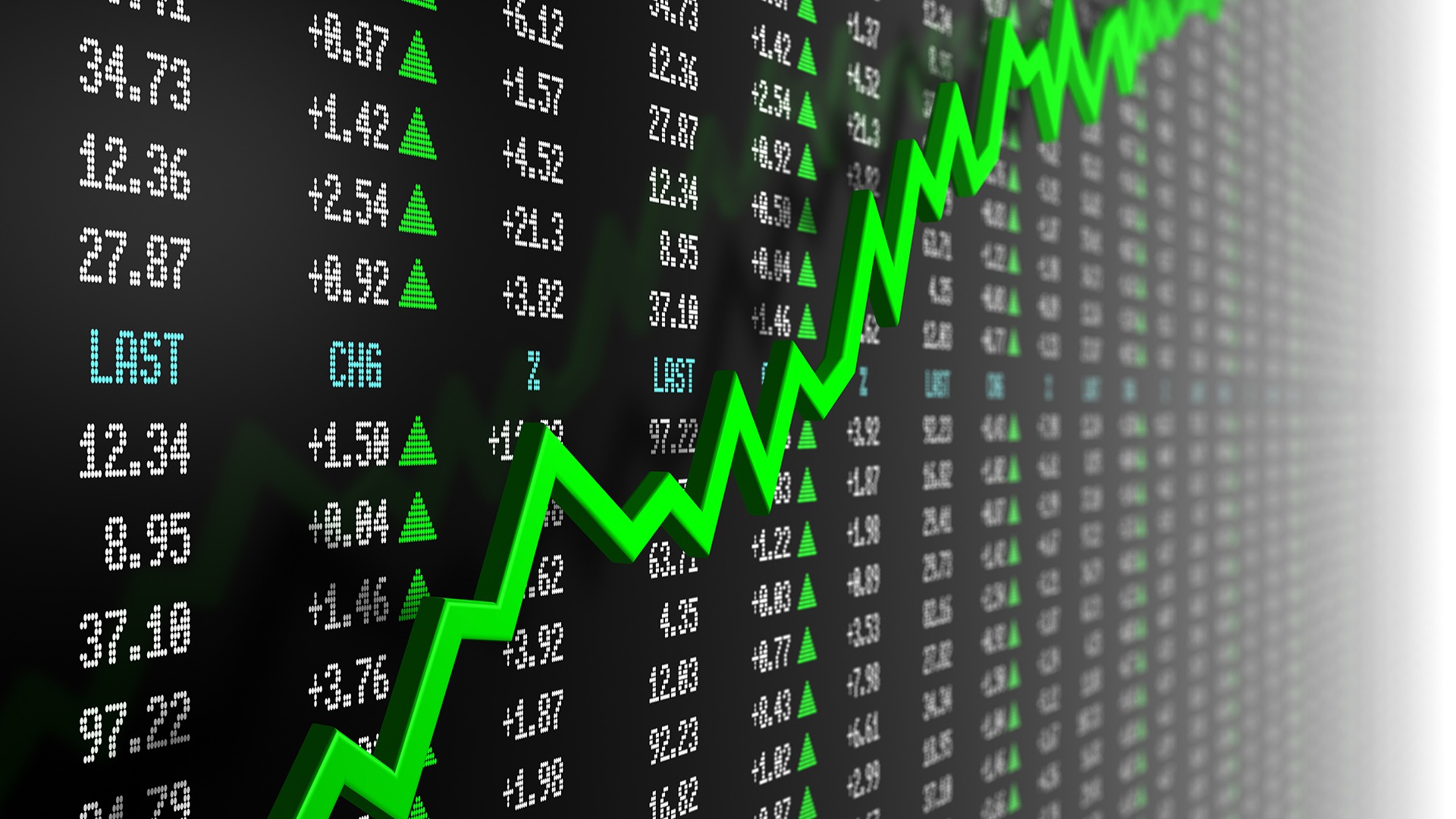The stock market is a dynamic and ever-evolving entity, influenced by a myriad of factors including economic indicators, geopolitical events, corporate earnings, and investor sentiment. Understanding major stock market trends is crucial for investors, traders, and policymakers to make informed decisions.
This comprehensive analysis explores the most significant movements in financial markets, covering historical trends, recent developments, and future projections. We will examine key drivers such as monetary policy, technological advancements, and global economic shifts that shape market behavior.
The stock market crash of 1929 marked the beginning of the Great Depression, one of the worst economic downturns in history. The Dow Jones Industrial Average (DJIA) plummeted nearly 90% from its peak, leading to widespread bank failures and unemployment.
Key Lessons:
- Excessive speculation and margin trading contributed to the crash.
- Lack of regulatory oversight worsened the crisis.
- Government intervention (New Deal policies) helped stabilize markets.
The late 1990s saw a massive surge in technology stocks, driven by the rise of the internet. Companies with little to no profits saw their valuations skyrocket. The bubble burst in 2000, leading to a 78% decline in the NASDAQ.
Key Lessons:
- Overvaluation of tech stocks without fundamentals led to the crash.
- Investor euphoria and irrational exuberance played a major role.
- Survivors like Amazon and Microsoft adapted and thrived post-crash.
Triggered by the collapse of Lehman Brothers and the subprime mortgage crisis, the 2008 financial meltdown caused global markets to crash. The S&P 500 lost over 50% of its value.
Key Lessons:
- Excessive risk-taking in mortgage-backed securities led to systemic failure.
- Central banks implemented quantitative easing (QE) to stabilize markets.
- Regulatory reforms (Dodd-Frank Act) were introduced to prevent future crises.
The pandemic-induced market crash in March 2020 saw the fastest 30% drop in stock market history. However, unprecedented fiscal stimulus and monetary easing led to a V-shaped recovery.
Key Lessons:
- Central bank interventions (Fed’s bond-buying) restored confidence.
- Tech stocks (Zoom, Tesla, Amazon) surged due to remote work trends.
- Retail trading (GameStop saga) gained prominence.
The GameStop (GME) short squeeze in early 2021 highlighted the power of retail investors coordinating via platforms like Reddit’s WallStreetBets. Hedge funds lost billions, while retail traders profited.
Key Impacts:
- Increased regulatory scrutiny on trading platforms (Robinhood).
- Growth of decentralized finance (DeFi) and crypto trading.
Post-pandemic inflation forced central banks (Federal Reserve, ECB) to raise interest rates aggressively in 2022-2023. This led to:
- A bear market in tech/growth stocks (NASDAQ down ~30% in 2022).
- A strong US dollar, impacting emerging markets.
The launch of OpenAI’s ChatGPT in late 2022 sparked an AI-driven rally in tech stocks. Companies like NVIDIA, Microsoft, and Meta saw massive gains.
Key Trends:
- Semiconductor stocks (NVIDIA, AMD) surged due to AI demand.
- Big Tech (Apple, Amazon, Google) continued dominating market cap rankings.
- Russia-Ukraine War (2022): Energy prices surged, disrupting global supply chains.
- US-China Tensions: Semiconductor restrictions impacted chip stocks.
- Middle East Conflicts: Oil price fluctuations affected inflation trends.
- AI & Cloud Computing: Major growth drivers for Microsoft, Google, Amazon.
- Semiconductors: NVIDIA leads in AI chips; TSMC remains critical for global supply.
- Cybersecurity: Increasing demand due to rising cyber threats.
- Oil & Gas: Volatility due to OPEC+ cuts and green energy transitions.
- Renewable Energy: Solar and EV-related stocks (Tesla, NextEra Energy) gaining traction.
- Banking Stocks: Impacted by interest rate changes (higher rates benefit net interest margins).
- Fintech & Digital Payments: PayPal, Block (Square), and crypto-related firms evolving.
- Weight-Loss Drugs: Novo Nordisk & Eli Lilly surged due to GLP-1 drug demand.
- AI in Healthcare: Companies leveraging AI for drug discovery and diagnostics.
- AI integration across industries will drive productivity and stock performance.
- Robotics and automation stocks (Tesla Bot, industrial AI) may see growth.
- If inflation remains sticky, interest rates could stay higher for longer.
- A potential recession in 2024-2025 could trigger another market correction.
- Climate-focused funds and green energy stocks will gain more traction.
- Regulatory pressures may force companies to adopt stricter ESG standards.
- Bitcoin ETFs and institutional adoption could drive crypto-linked stocks.
- Blockchain technology may revolutionize finance (DeFi, tokenization).
